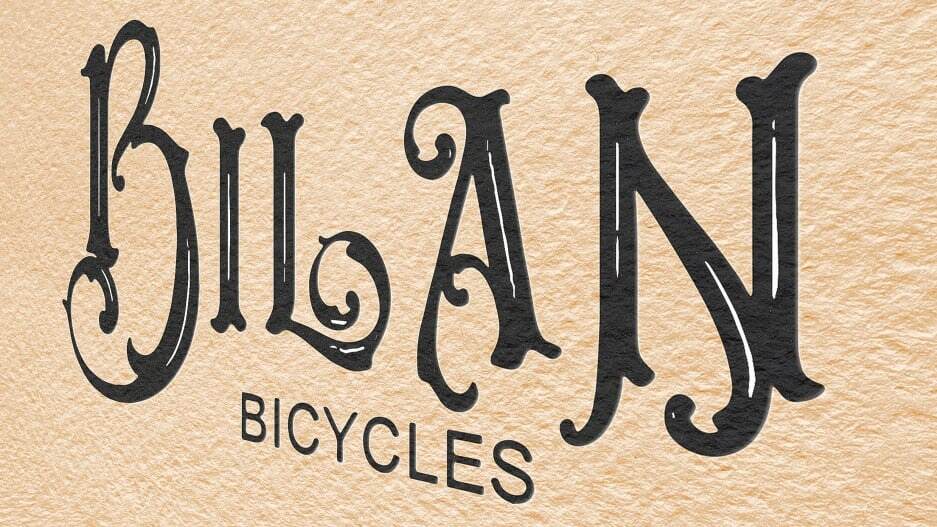- | 9:00 am
The nostalgia factor: Why vintage-looking typefaces make products seem safer
A new study unpacks the power of nostalgic typefaces.

Brands looking to emphasize safety might want to go retro. In a new study published in the Journal of Marketing, researchers from the University of Newcastle, Australia, found that old-school typography can trigger a nostalgia they called “vintage anemoia,” or an emotional connection or appreciation for the “aesthetics, fashion, styles, design, and cultural elements associated with vintage cues, irrespective of a specific historical period or individual lived.” That in turn can positively affect how consumers view product safety.
Surveying respondents about logo and product packaging for fictional brands in seven studies, researchers found vintage typography increased perceptions of product safety when compared to control fonts. In tests for fictional bicycle and vegetarian health food brands that randomly showed logos in either vintage-style typefaces or control fonts in Garamond and Times New Roman, researchers found the vintage-style typefaces increased perceptions of product safety.

When respondents were shown packaging for a fictional pharmaceutical product, Bahaus 93, a geometric sans-serif typeface that’s some 30 years old, tested better when it came to perceptions of product safety than the control font, Arial bold. And the increase in safety perceptions that came from using Art Deco typefaces in an ad for a fictional cosmetic brand compared to a control font was significant.

In a six-step decision tree for marketers, the authors laid out their process for figuring out whether a brand should use vintage typography in their marketing. Situations when it isn’t recommended include when a brand’s year of establishment is part of its marketing (when testing packaging for a fictional laundry detergent, the study found the effect of vintage typography was only significant when no information about the year was also included compared with packaging that said the brand was established in either 1920 or 2020). Vintage type also isn’t recommended in the futuristic product category after researchers tested examples of ads for fictional self-driving and non-self-driving cars.
“Incorporating vintage design elements in products and marketing efforts can help mitigate consumer concerns about safety issues such as malfunctions, privacy breaches, recalls, contamination, harmful ingredients, defects, and durability, ultimately improving perceptions of product safety,” authors wrote. But, they add, this visual trick isn’t magic—safe-looking typography won’t make an unsafe product actually safe.








































